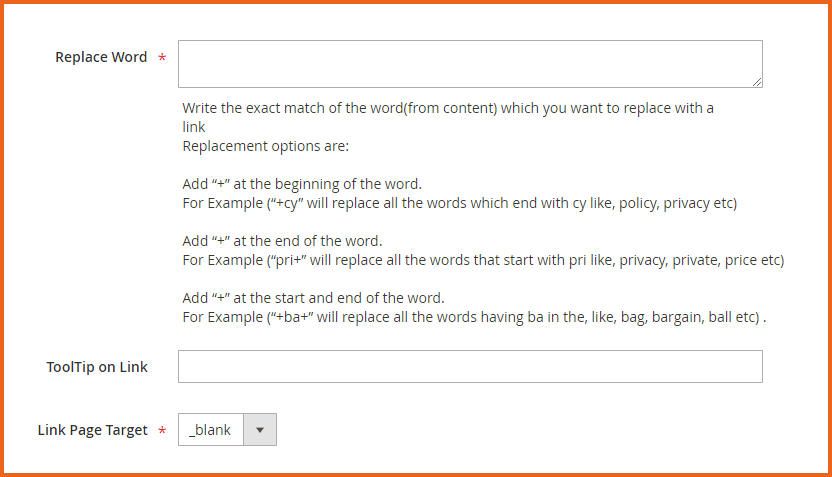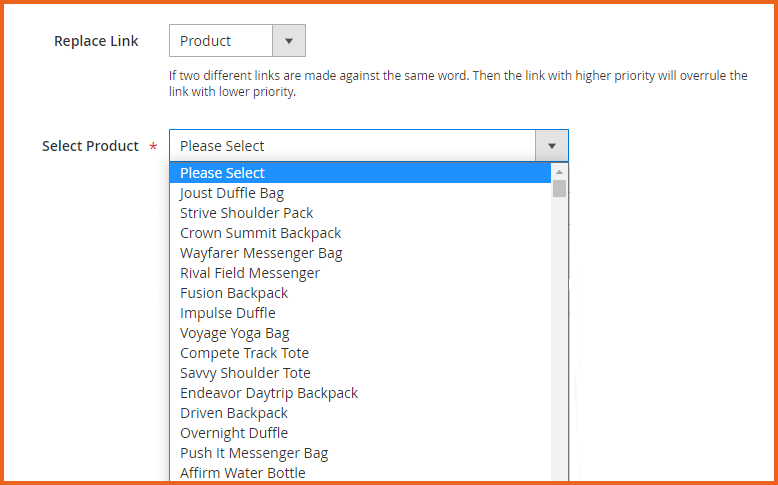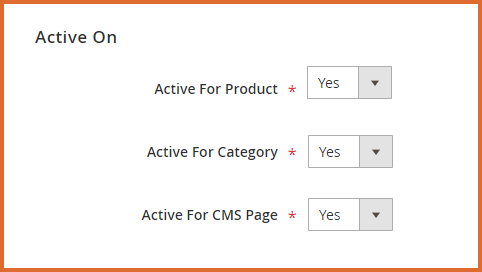When we talk about ON-page SEO, internal linking comes at the forefront. Internal linking is the process of creating links within different pages of your website. Simply put, an internal link is the one that points to another page on the same domain.
Examples include navigation menu, links to products/services, links within articles on the same domain, footer links etc.
Why Are Internal Links Important For SEO?
Internal linking provides the following SEO and user experience benefits.- Helps search engines find, index and understand all of the pages on your website.
- Helps users find other useful content on your website.
- Improves engagement and average session duration.
- Helps establish site architecture.
- Spreads link juice across other pages and thus increases the SEO score of internal pages.
In short, your SEO journey is incomplete without implementing internal linking. Your website will struggle to rank if it has bad internal linking or no internal linking at all.
Internal Links Best Practices
- Use proper keyword in anchor text
- Point links to important & conversion pages
- Limit the number of links per page
- Check & fix broken links regularly
- Make internal links dofollow/nofollow as per your requirement
Inter Linking in Magento 2
Implementing internal linking may seem easy and it might be if you have a small website with only a few pages. But what if you have a website with hundreds of blog posts or a store with thousands of products and categories? Interlinking relevant posts or products for such websites will be a hectic task.
How to Use the Extension to Add Internal Links in Magento 2?
A great idea would be to automate this process and here comes Magento 2 Cross Links Extension. It allows you to auto cross-link suitable keyword or key phrases across different products, categories or CMS pages. Apart from this, the extension offers other useful features which we are going to look at below.
1. Specify Keywords to Automatically Generate Internal Links
The extension lets you create multiple rules for internal and external linking. You can specify exact words or words that start and/or end with particular letters that you want to turn into anchor text. Add a tooltip to provide information about the link on mouse over. Also, specify whether or not to open link in a new window.

2. Direct Links to Products, Categories or Custom URLs
The extension allows linking the specified keywords to products, categories, or custom URLs. This helps you increase the exposure of and drive traffic to your hot and most popular products or categories. The more the links to a page, the higher the traffic and resultantly the conversions.

3. Set Link Priority and Limit # of Links Per Page
You can set a priority for every link rule you create. High priority rules will take precedence over other rules. You can also limit the number of internal links per page. For example, a specific page can’t have more than 20 internal links. Filling a page with anchor texts will look spammy and confuse customers.

4. Create DoFollow or NoFollow Links
You also have the option to create either DoFollow or NoFollow links. This depends on your link building strategy.

5. Enable Internal Links on Product, Category or CMS Page
Turn internal links on and off on product, category or CMS page. Enabling it on all the pages will allow you to create a beautiful flow of information across pages. This will help your customers explore and navigate through maximum content increasing the chances of conversions.

Why Do You Need Magento 2 Cross Links Extension on Your Store?
- Auto-creates internal and external links
- Implements multiple internal linking strategies
- Improves your store’s SEO
- Enhances your store’s engagement
- Lightweight, easy to install and use
That’s it for this tutorial. If you have any issue in implementing internal links in Magento 2, then ask our expert Magento support team
. Related Articles:
